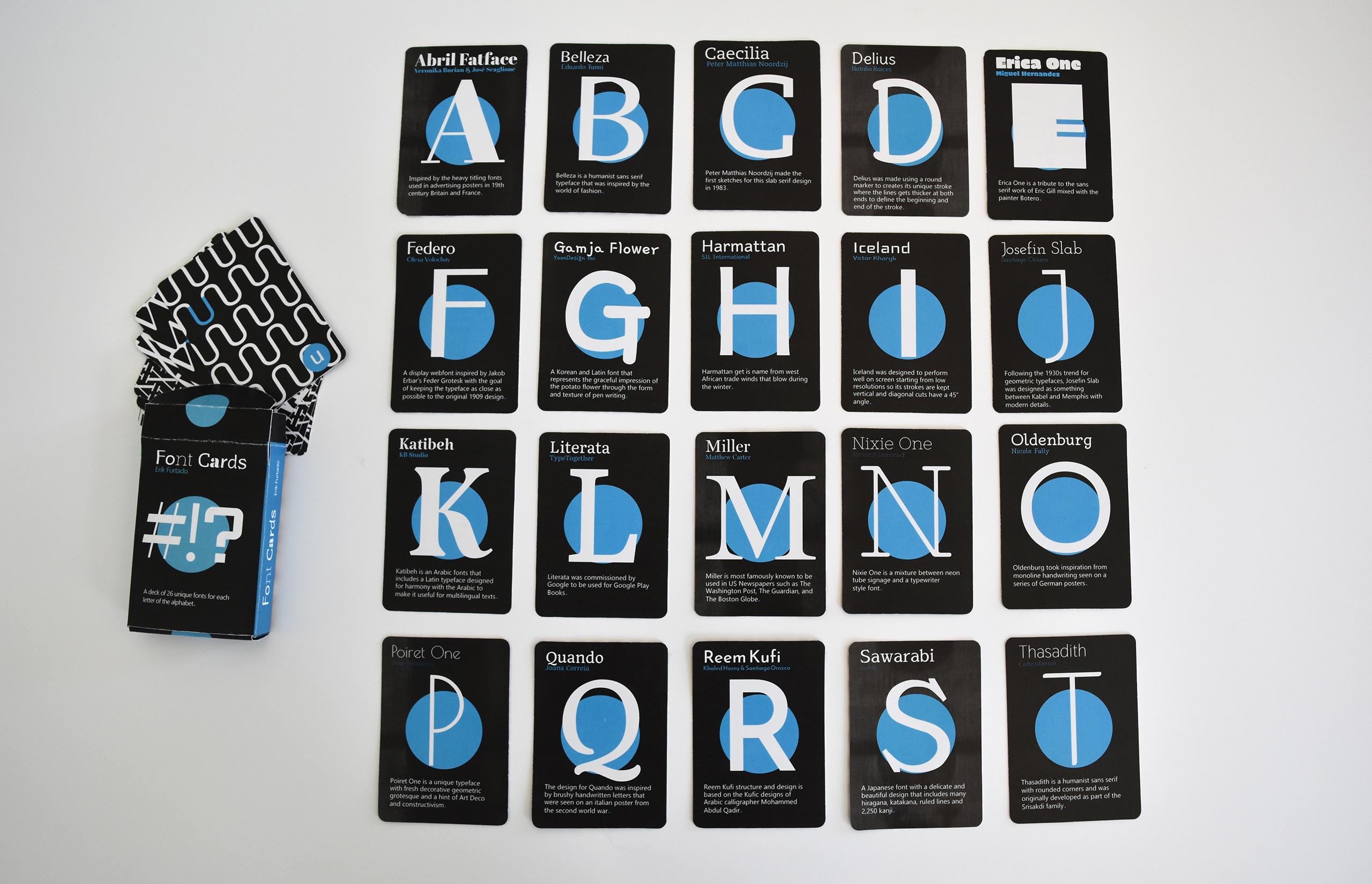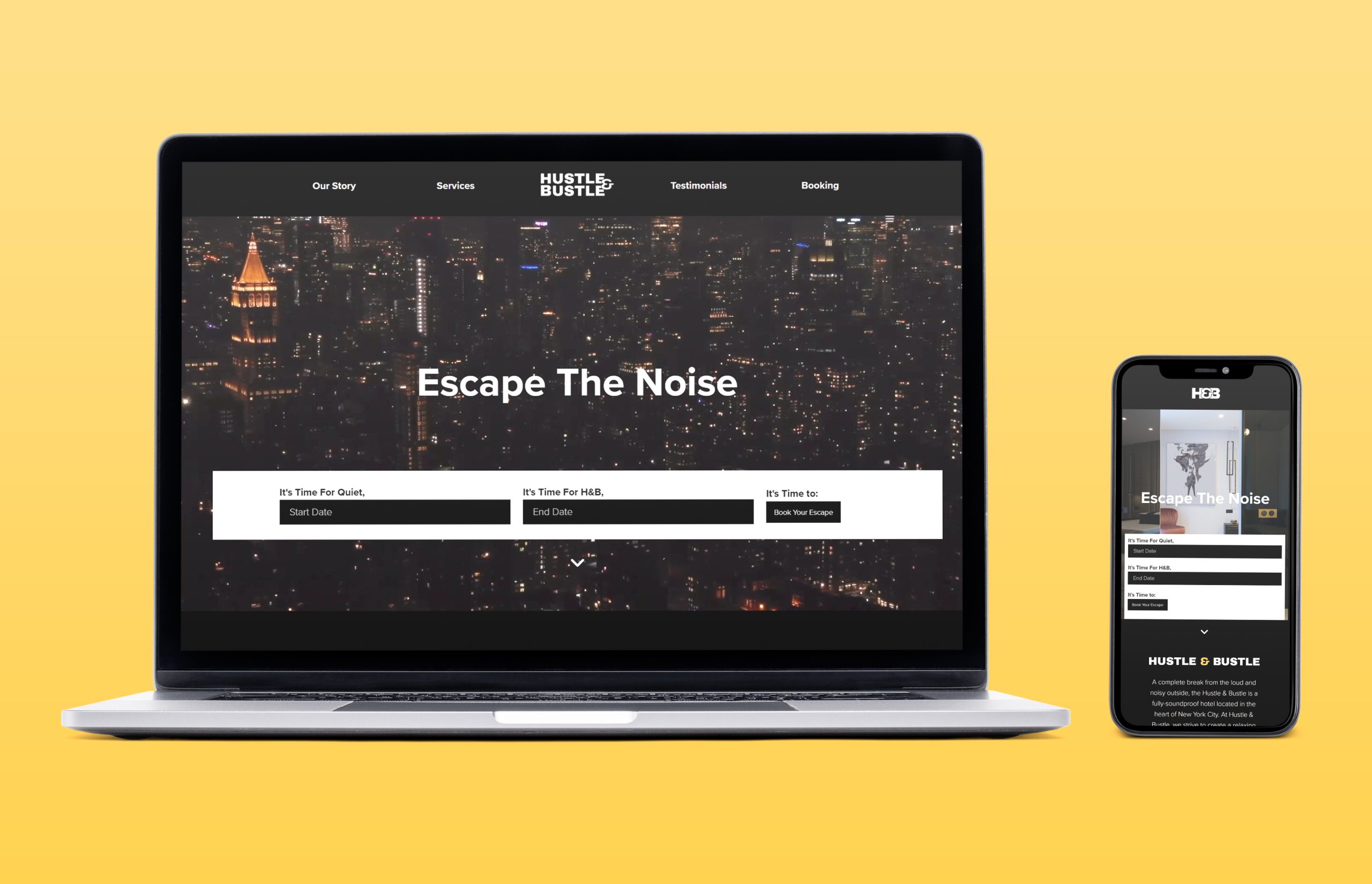When initially tasked with development and physical creation of an 8 page “minizine” I had instant ideas for where I could take it. The initial excitement would carry over in the coming weeks as I began to research about magazine design and gather inspiration to help in the design and formatting of the magazine and 2-page spreads. For my concept, I created a tech and life magazine focused on the future of technology and its connection to and effect on everyday life. The magazine was designed with teens to young adults in mind, the design is sleek, and the content was made to be interesting for that demographic.
The first thing that needed to be tackled after my concept was complete was a masthead and cover design. The size constraint given to us for the cover was 7 x 10 in however I challenged this constraint by creating a folding cover design which was inspired by a recent Vogue magazine issue that my mom had lying around the house. that would measure to 10.5 x 10 in, adding an additional 3.5 inches which would cause difficulties later. The cover unfolds to display and expanded image of the cover. With the magazine brand identity and fold concept fully developed I moved to sketching thumbnail ideas for my cover design. After putting my ideas on paper, I picked a few I wanted to pursue further and created rough more detailed sketches. Once that was finished, there was one concept that stuck out to me, a half and half VR vs real life concept where it would fold out and expand to a glitched out version to emulate the merging of reality and digital. Following the cover, it was onto the inner spreads.
A major restriction for this project was that everything in our design from the photos to the articles needed to be taken and written by me. I came up with the article topics early on and decided to write them before designing to figure out how much content I had to work with. Once that was finished it was back to thumbnails to come up with my layouts for the inner spreads. Something that needed to be considered when coming up with layout ideas was that one spread would be a regular article while the other would be an interview. Thanks to my prior research on spread design in magazines I was able to learn about key features of an article and some differences when it came to an interview layout. Once the thumbnails were done, I moved to rough sketches after finding a couple different layouts to pursue. Before any designing took place, I gathered the images needed for my spreads and edited them as need in Photoshop. Once the photos were finalized, I laid out the copy, formatted the images, and started shifting my design from my original sketches. After experimenting with a variety of fonts, column layouts, spacing, and color, I landed on the final layout for my first article. Laying out the interview spread did not go as smoothly. For my next article I interviewed a Professor Jessica Fede, a psychology professor at Johnson and Wales, on technology’s effect on mental health. Once I finished my Zoom interview, I then transcribed everything into a word document before copying it over into InDesign. My idea for the interview article was a completely different layout because I wanted one page to be filled with an image while the other page would be where the text was. The first of which was that I had to much content for a two-page spread if I wanted to stick with my original layout design. My professor suggested that I continue my interview onto another page which allowed me to stay with my original idea. After getting the formatting down for the interview I worked a lot on figuring out how to lay out my header. I experimented a lot with colors and fonts until I landed on the format seen in my final. After my articles were finished it was time to tackle the last two pages of the magazine, a creative piece which as described by my professor was anything creative with basically no restrictions, and a Johnson and Wales ad. For my creative piece I used an original, creative photo as the focal point of a Photoshop ad. I glitched my original image to fit with my magazine cover and added the proper branding at the bottom to make it look like a real ad for Adobe Photoshop. For the Johnson and Wales ad I knew I wanted to focus on creating an advertisement for JWU design, rather than the school itself, but struggled a lot with the formatting of the ad.
Once I landed on a layout that felt official and satisfied the guidelines it came time to print. The make-or-break moment for any project and let me just say it was not a fun experience. I faced major challenges throughout my journey to print the perfect copy. First it was the complex custom document I needed to create specifically for my cover due to its bigger size, then it was ghost boxes, squares that appear on the background of an image that has a transparent background, and then the printer I was using began to print streaks of white on my design, and then my design was not lining up when I folded it due to the printers printing 1/8th of an inch off, and then I ran out of 12 x 18 in paper which was what I needed for my cover, and so much more. In the end I was able to successfully print, trim, and present my minizine to my peers and professor and then afterwards took a much-needed breath of air. After concurring challenge after challenge, I felt relieved to be done but also proud of the work I made. This project was a steppingstone for me as a designer and I feel that was able to evolve and grow because of the restrictions, challenges, and solutions I faced with this project.


